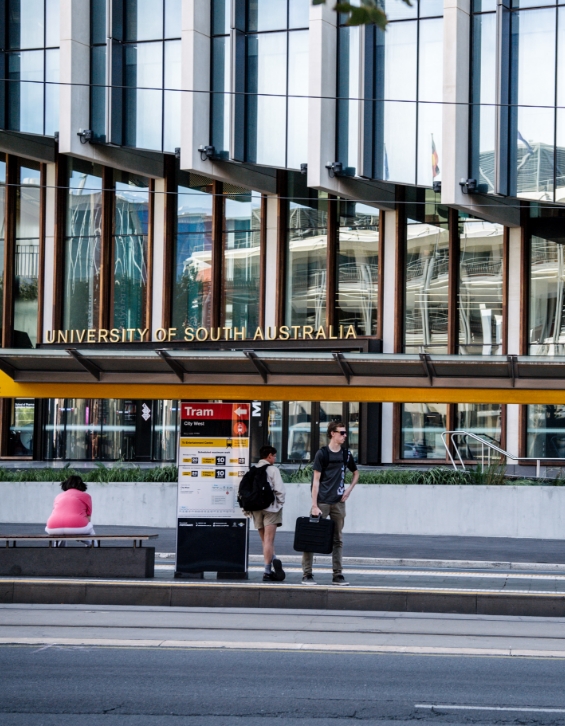Infrastructure and services
Planning for growth is complex. The availability and cost of infrastructure and services is a key consideration for determining where growth should occur.
The Commission has set out seven principles to guide where long-term growth could occur across Greater Adelaide. Principle 7 specifically relates to infrastructure:
"The Identification and prioritisation of growth areas will be based on the transparency of costs to community (infrastructure provision, housing cost, ongoing living costs and climate change resilience costs) for differing forms of supply."
New homes need new or augmented infrastructure and services regardless of their location, type, or density. Those services include schools, community facilities, open spaces, new roads, wastewater, stormwater and power. The capacity of infrastructure to support growth varies across locations. Focusing new growth in locations with existing services and facilities is the best option. Doing so also benefits the broader community by reducing the cost of new transport, education and health care, and new trunk infrastructure for water, sewer and electricity.

Infrastructure cost

The Commission is working with Infrastructure South Australia (ISA) to identify infrastructure cost greenfield development. The work of ISA and other infrastructure agencies around Australia shows land development costs in urban and township extension areas can be significantly higher than land development costs in established residential areas.
Ideas for the Greater Adelaide Regional Plan
Infrastructure in established areas
In established areas, focus growth on locations with existing infrastructure capacity, or in locations where infrastructure can be planned and augmented in a cost effective and orderly manner:
- Prioritise strategic infill sites, which are usually more economic to service than general infill
- General infill will play an ongoing role for housing supply but the focus will be on locations where there is capacity in infrastructure networks
- Investigate the use of infrastructure schemes to establish developer contributions for infill and regeneration areas.
Infrastructure in greenfield areas
Carefully plan and sequence growth and infrastructure to ensure timely access to services and amenities for new communities:
- Build on existing infrastructure capacity in townships, where local councils have identified growth opportunities
- Prioritise the orderly expansion of existing urban areas and satellite cities, where this builds on existing services and infrastructure, or where we can provide efficient augmentation/infrastructure delivery
- New master planned communities, not connected to an existing area, will play an important role in future growth but they will:
- incur greater community costs due to the delivery of new trunk infrastructure
- require careful planning to ensure infrastructure can be provided and funded in a timely fashion, and funding mechanisms established to facilitate appropriate provision of amenity and services.
